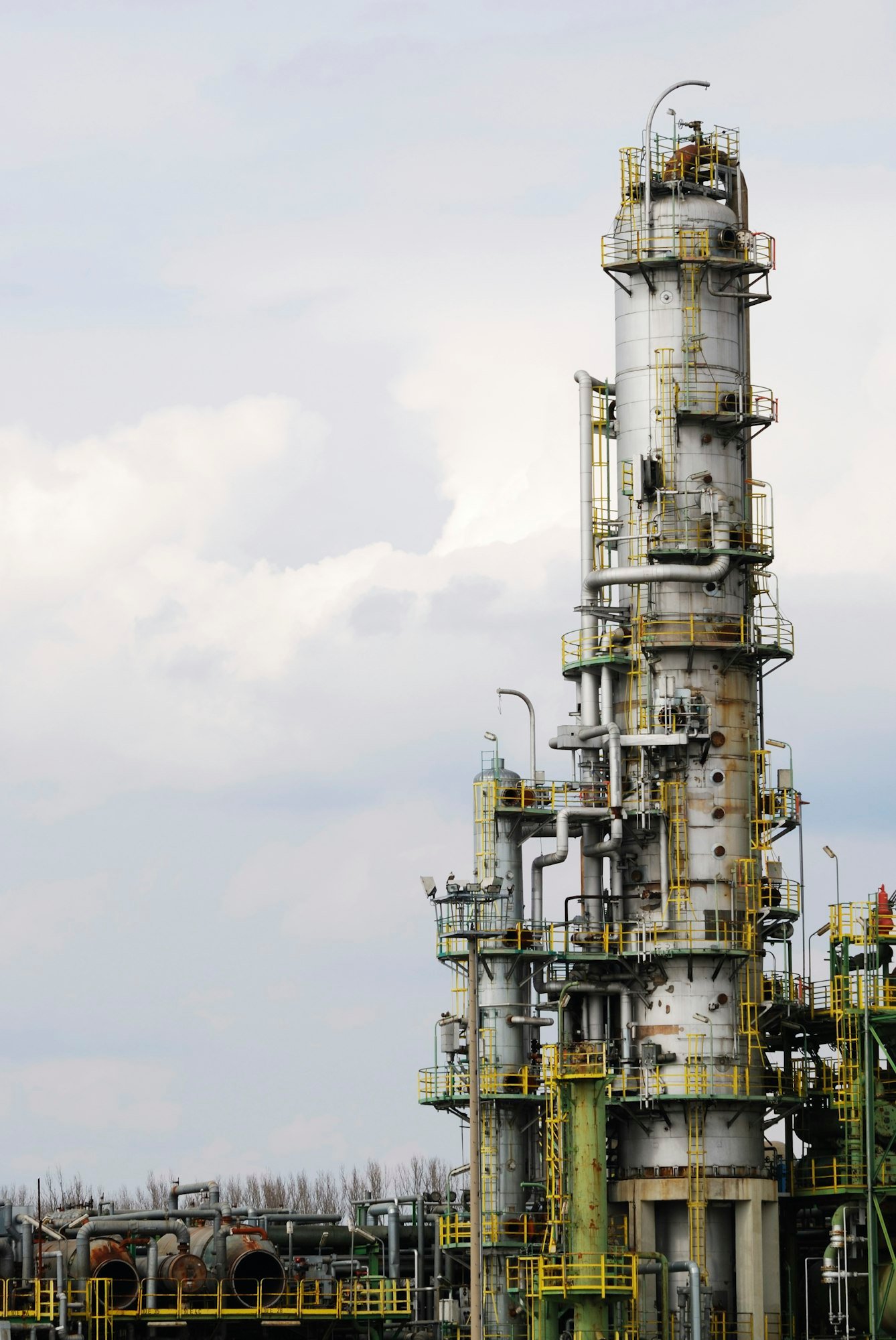The chemical trade serves because the cornerstone of varied sectors, together with manufacturing, building, healthcare, agriculture, and shopper items. From fundamental chemical substances to specialty chemical substances and superior supplies, the scope of this trade is huge and integral to trendy life. On this article, we delve into the latest insights supplied by Verified Market Analysis regarding the international chemical trade market.
Understanding Market Development
In accordance with Verified Market Analysis, the Chemical Business Market was valued at USD 839 Billion in 2023 and is predicted to succeed in USD 982.2 Billion by 2030, exhibiting a Compound Annual Development Price (CAGR) of 4.8% through the forecast interval of 2024-2030. This development trajectory displays the indispensability of chemical merchandise in numerous sectors and underscores the dynamic nature of the trade.
Market Drivers
A number of elements are driving the expansion of the chemical trade market:
- Financial Improvement and Industrialization: The demand for chemical substances is intricately linked with financial growth and industrial actions throughout various sectors comparable to shopper items, manufacturing, and agriculture.
- Urbanization and Inhabitants Development: As city populations swell and infrastructure calls for rise, the necessity for chemical substances in building, transportation, and shopper items escalates, additional propelling market development.
- Technological Innovation: Technological developments in areas like inexperienced chemistry, biotechnology, and nanotechnology are fostering the event of high-performing, environment friendly, and sustainable chemical substances, thus stimulating market development and competitiveness.
- Environmental Rules: Stringent environmental rules and sustainability initiatives are driving the demand for eco-friendly chemical substances and sustainable manufacturing strategies, thereby shaping the market panorama.
- Shift in the direction of Specialty Chemical compounds: The rising demand for specialty chemical substances, pushed by specialised functions throughout industries like electronics, prescription drugs, and coatings, is fueling market growth.
- Globalization: Market growth in rising economies and fast industrialization are amplifying the demand for chemical substances, prompting multinational firms to diversify and lengthen their footprint in these areas.
- Vitality and Feedstock Pricing: Fluctuations in vitality costs and feedstock prices considerably affect the profitability and competitiveness of the chemical trade, shaping market dynamics and funding choices.
Market Restraints
Regardless of its development prospects, the chemical trade faces a number of challenges:
- Regulatory Compliance: Compliance with stringent rules pertaining to employee security, environmental safety, and dangerous waste administration entails important prices and administrative burden for chemical companies.
- Environmental Considerations: Environmental points comparable to chemical waste manufacturing and emissions pose regulatory and reputational dangers for chemical producers, necessitating sustainable practices and compliance measures.
- Uncooked Materials Prices: Fluctuations within the costs of uncooked supplies, together with minerals and fossil fuels, can affect revenue margins and manufacturing prices for chemical corporations.
- Vitality Prices and Effectivity: Given the energy-intensive nature of chemical processes, rising vitality prices and issues about vitality safety drive efforts to reinforce vitality effectivity and discover different feedstocks.
- Financial Uncertainty: Macroeconomic elements comparable to financial development, commerce disputes, and geopolitical unrest can affect market demand and funding choices within the chemical sector.
- Aggressive Pressures: Intense competitors amongst native and worldwide gamers necessitates steady innovation and differentiation to take care of market share and profitability.
- Provide Chain Interruptions: Complicated provide chains are weak to disruptions comparable to pure disasters and geopolitical unrest, which may impede manufacturing and enhance bills for chemical producers.
- Technological Disruptions: Fast technological developments necessitate important investments in analysis and growth to remain aggressive and related within the evolving market panorama.
Market Segmentation
The worldwide chemical trade market is segmented based mostly on product sort, end-user, uncooked supplies, and geography. This segmentation permits a complete evaluation of market tendencies, demand dynamics, and aggressive landscapes throughout completely different segments.
Key Gamers
Main gamers within the chemical trade market embrace BASF SE, Dow Inc., DuPont de Nemours, Inc., SABIC, ExxonMobil Company, LyondellBasell Industries N.V., Mitsubishi Chemical Company, Bayer AG, INEOS Group Holdings S.A., and Air Liquide S.A.
Conclusion
The worldwide chemical trade market presents a dynamic panorama characterised by sturdy development drivers, technological improvements, and evolving regulatory frameworks. Regardless of challenges comparable to regulatory compliance and provide chain disruptions, the trade demonstrates resilience and adaptableness via sustainable practices and technological developments. Transferring ahead, key gamers are anticipated to give attention to analysis and growth, strategic partnerships, and geographical growth to capitalize on rising alternatives and keep competitiveness.
Analysis Methodology
Verified Market Analysis employs a rigorous analysis methodology involving qualitative and quantitative evaluation, market segmentation, and aggressive panorama evaluation. This method supplies helpful insights into market tendencies, development drivers, and aggressive dynamics, enabling knowledgeable decision-making for stakeholders throughout the chemical trade.
In conclusion, the worldwide chemical trade market continues to evolve, pushed by a myriad of things shaping its development trajectory and aggressive panorama. Because the trade navigates challenges and embraces alternatives, strategic foresight and innovation will likely be paramount in sustaining development and fostering resilience in an ever-changing international market.
For extra detailed evaluation and insights ,

